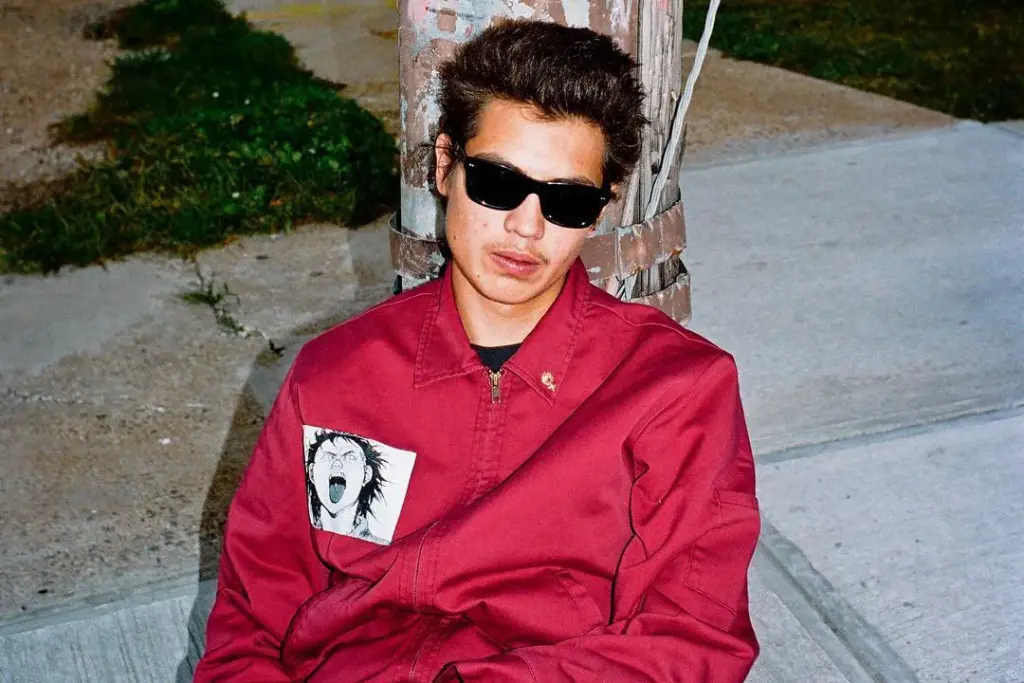Share this
Akira is a Japanese manga series, created by Katsuhiro Otomo, who was inspired to create Akira, by the social and political turbulence, such as: Government corruption, youth rebellion and the dangers of unchecked technological progress, that were taking place in Japan during the 1980s. He was also inspired by the science fiction writings of American authors, such as Philip K. Dick and William Gibson, as well as directors, like: Stanley Kubrick and George Lucas.
It was originally serialized in Japan from 1982 to 1990 and later adapted into an animated film in 1988.
Set in a post-apocalyptic future, the plot takes place in the rebuilt city of Neo-Tokyo after a devastating World War III. The story revolves around two teenage friends, Kaneda and Tetsuo, who become involved in a government conspiracy focused on secret experiments on psychic powers. Tetsuo acquires powerful psychic abilities, which quickly spiral out of control, resulting in a catastrophic face-off between him and Kaneda.
Since its release, Akira has had a significant influence and impact on Japanese animation and the cyberpunk genre. It played a pivotal role in popularizing anime and manga in the Western world, and inspired a new wave of interest in Japanese culture. Akira also helped to establish anime as a serious art form, with its stunning animation, complex narrative, and mature themes.
Akira’s technical accomplishments were extraordinary for its time. Its intricate hand-drawn animation, meticulous attention to shading, lighting and intricate camera movements were groundbreaking. The film was a pioneer in using computer-generated imagery (CGI) and set the stage for future anime productions, such as Ghost in the Shell (1988), Neon Genesis Evangelion (1995), and Attack on Titan (2013), to name a few.
Moreover, Akira’s themes of power, corruption, and the consequences of technology have continued to resonate with audiences around the world. The dystopian future depicted in the film has been referenced in many other works of science fiction, and the characters and imagery have become iconic in pop culture.
Over the years, Akira’s influence has transcended beyond cyberpunk and manga culture, and in 2017, the good folks behind the film, teamed up with the iconic streetwear brand Supreme, for a limited edition clothing collection, featuring imagery from the film. Kanye West has also been known to be a fan of Akira, and has referenced the film in his work. In 2007, he released a music video for his song “Stronger“, that was heavily influenced by the visual style of Akira, featuring scenes inspired by the film’s motorcycle chases and Neo-Tokyo setting. The music video even included a direct reference to the character Tetsuo’s iconic red cape. These are just a few examples of the collaborations that have involved Akira or its creators over the years.

Are we getting a new Akira movie?
A new live-action movie adaptation, was originally slated to be directed by Taika Waititi, who also co-wrote the script with Michael Golamco. Despite Warner Bros. Pictures holding the rights to a live-action adaptation of the iconic manga since 2002, the project has faced repeated challenges in getting off the ground, resulting in it being stuck in development limbo.
The original release date was originally set for May of 2021, however, Waititi left the project to direct “Thor: Love and Thunder” (2022), causing an indefinite delay and returning the film to development limbo once again.
As of April 2023, Waititi has expressed his intention to resume work on the film after completing the upcoming Star Wars movie.
Looking back:
Looking back, the legacy of Akira, is one of innovation, influence, and cultural significance. It is widely regarded as one of the greatest anime films to have ever been made. Even today, 35 years after being released, it continues to be influential in popular culture, as well as being celebrated and admired by fans and critics alike.
Photo: 1988 MASH・ROOM / AKIRA COMMITTEE ALL RIGHTS RESERVED.
